Motivation
Once you start learning to identify lichen in your environment (see this activity), the next step is to use the species that you're seeing to draw some conclusions about the air quality in your area.
Method
Steps 1 and 2 can be skipped if your area already has a lot of lichen observations on iNaturalist.
Step 1: Go on a lichen walk
In your neighborhood and/or local park, look for lichen on the sidewalks, on rocks, and trees, and take some pictures. Make sure to record the image, date, and time!
Step 2: Photograph lichen(s) in your neighborhood
Upload your photos to iNaturalist to learn the scientific name(s) of the most common lichen in your area.
Step 3: Identify common lichen in the area
Search for the most lichen in your area by going to iNaturalist and searching for the "Common Lichen" species near your location and/or ranking the lichens you saw on the walk by frequency.
Step 4: Assess Pollution Sensitivity of species
Once you have a list of scientific names for common species in your area, search for them in the appropriate link for your region:
- Sensitivity Lists for Pacific Northwest
- Sensitivity Lists for Eastern US
- Sensitivity Lists for Western US
- Paper with Baseline sensitivity data in Table 16 for Washington, Oregon, and California
These links will give you information on the species' sensitivities to nitrogen (most likely in the form of NH3 and the reaction product NH4+) and/or sulfur pollutants. Oligotrophs (oligo- (“few”) + -trophy (“nutrition”)) are the most sensitive to nitrogen pollution, followed by mesotrophs. Eutrophs are the most tolerant to nitrogen pollution.
You can also reference the tables below for common species that indicate good or poor air quality.
Indicators of Good Air Quality
If you're in an area with a lot of diversity of lichen, and a fair amount of hairy/bushy lichen, you're likely in a spot with good air quality and low concentrations of SO2 and NO2. You're most likely to find these during a hike or in a park with a lot of vegetation.
| Common Name | Scientific Name | Image |
|---|---|---|
| Old Man's Beard For more examples of beard lichens, check out this site |
Usnea Filipendula |  |
| Lace Lichen, Witch's Hair |
Ramalina, Alectoria | 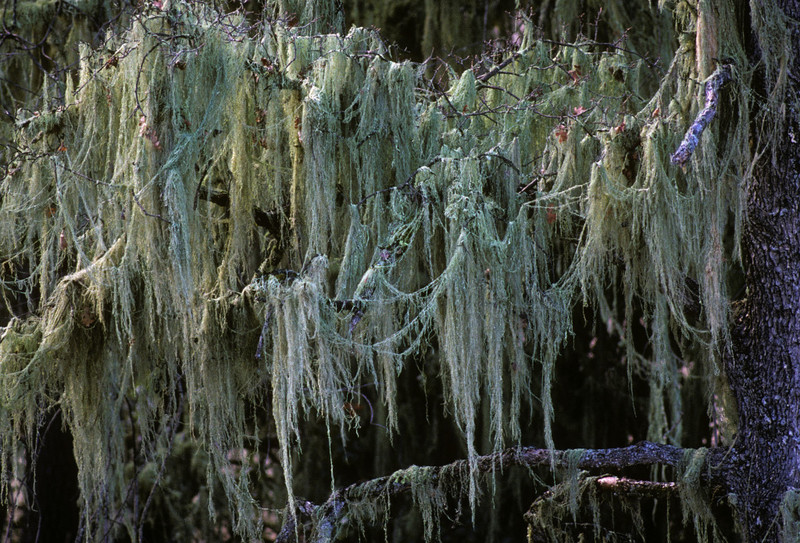 |
| Lobaria pulmonaria | Lungwort | 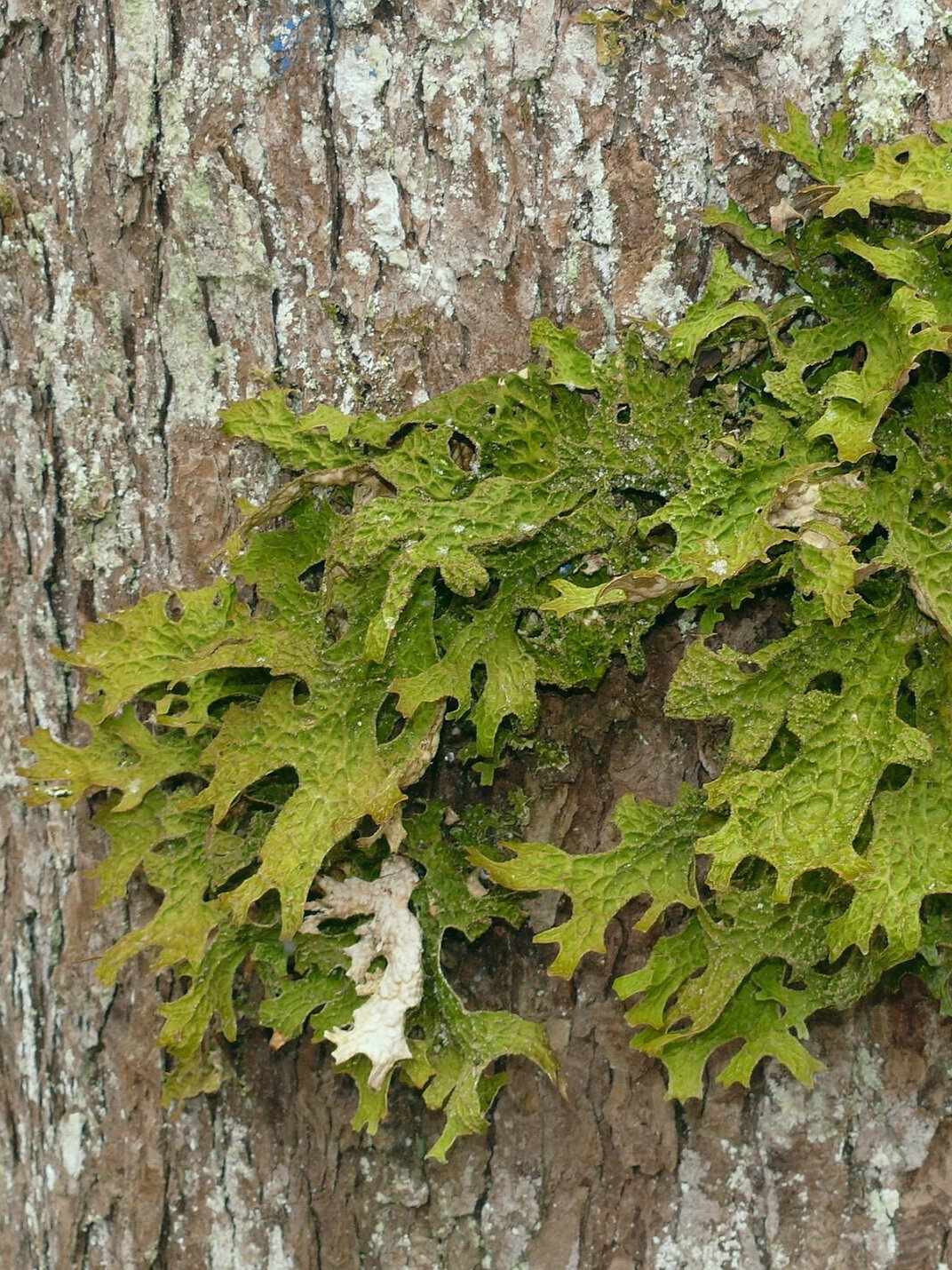 Bernd Haynold - CC BY-SA 3.0 - Wikipedia |
Indicators of Nitrogen Pollution
The following lichen are either tolerant to or thrive in high nitrogen environments (nitrophiles or eutrophs), and these are commonly found on trees in urban environments near power plants, automobile exhaust, industrial activities, or fertilizer application.
Some of the most obvious nitrophiles are bright yellow or orange.
| Common Name | Scientific Name | Image |
|---|---|---|
| Common Sunburst Lichen | Xanthoria parietina | 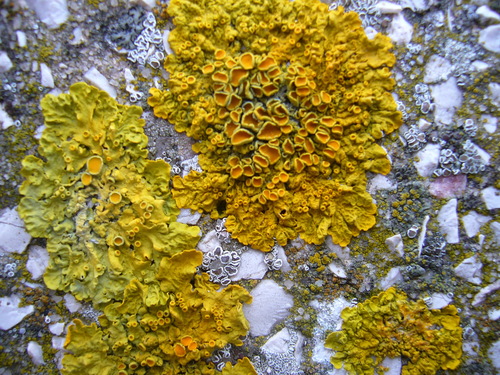 |
| Candleflame Lichen | Calenderia Concolor | 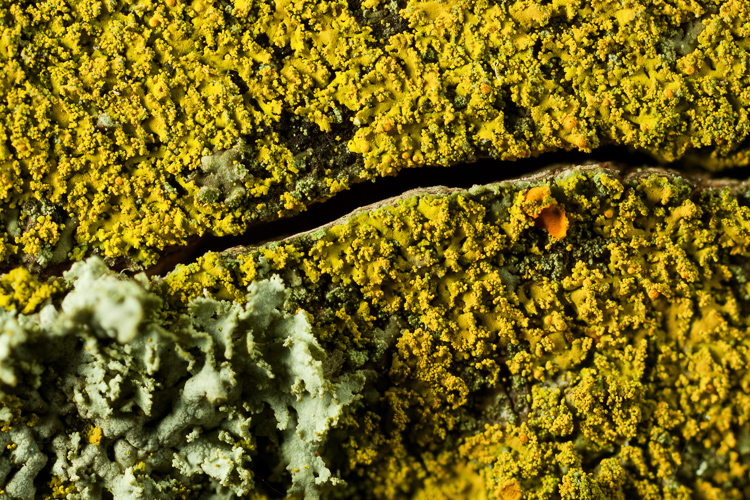 |
| Common Greenshield Lichen | Flavoparmelia caperata | 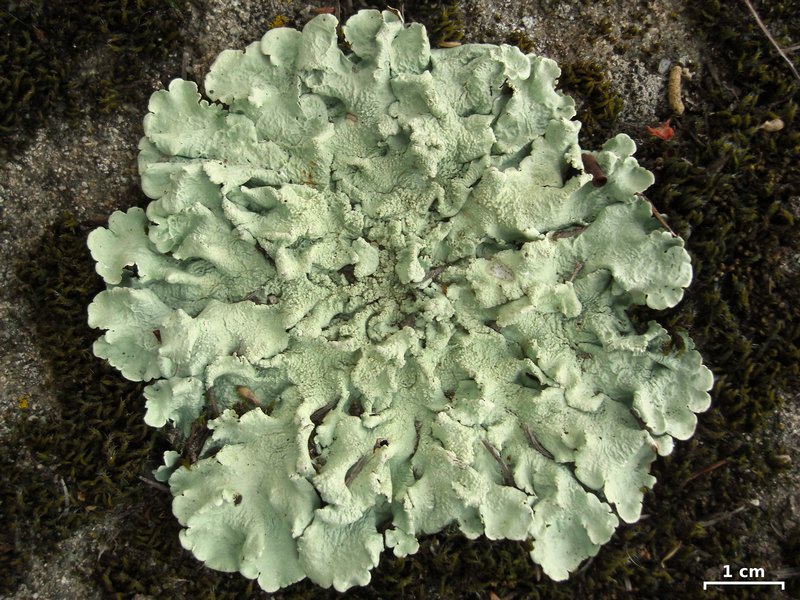 |
| Gold Dust Lichen | Chrysothrix candelaris | 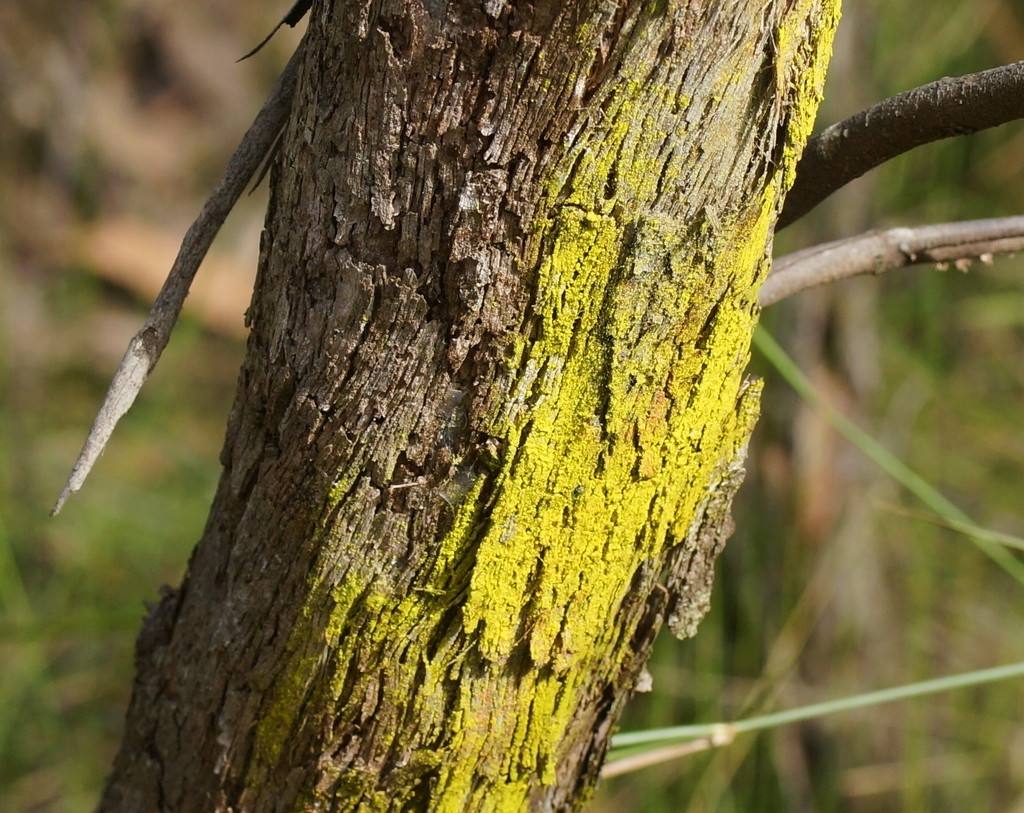 |
| Hooded Rosette Lichen | Physcia Adscendens | 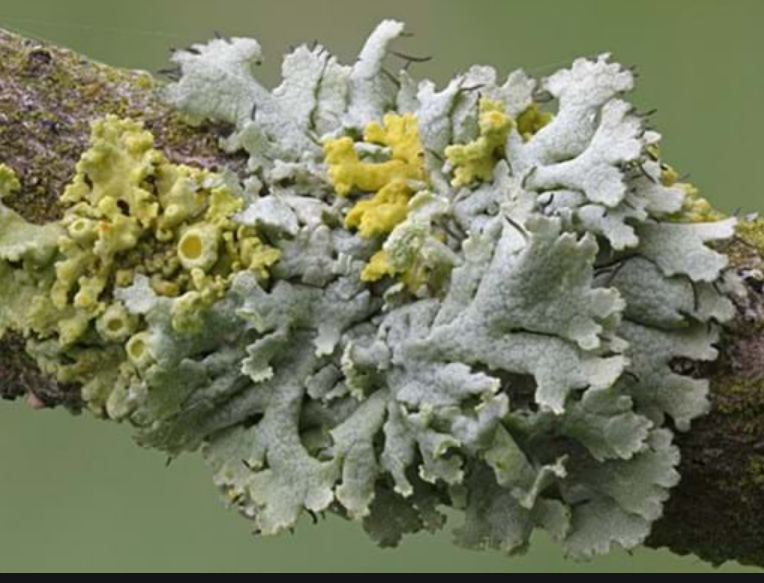 |
Note that this activity will not give you quantitative measurements of your local air quality, but it can indicate differentials in air quality across various spots.
0 Comments
Login to comment.